In this era of pursuing sustainable development and ecological balance, environmental monitoring, as a "sentinel" to protect the earth's home, has become increasingly important. Although the traditional environmental monitoring station has powerful functions, it is often limited by geographical location and fixed equipment, and it is difficult to respond quickly to environmental changes. Today, with the rapid development of science and technology, portable environmental monitoring stations came into being, they are small, lightweight, easy to carry, is quietly changing the pattern of environmental monitoring, so that green protection more flexible and efficient.
Imagine, whether it is a street corner in a bustling city or a forested path in a remote mountain area, just one staff member carrying a WX-PQX8 portable environmental monitoring station can quickly set up a temporary monitoring point. These devices integrate high-precision sensors, data processing systems and wireless transmission technology, which can monitor air quality, water quality, noise pollution and other environmental indicators in real time, achieve real-time data collection and upload, provide first-hand information for environmental protection departments, and help quickly respond to environmental emergencies.
The portable environmental monitoring station is small, but it is fully equipped. They use advanced sensing technology and algorithm optimization to ensure the accuracy and reliability of monitoring data. Compared with traditional monitoring stations, portable environmental monitoring stations are easier and faster to operate. Users only need a simple training to get started. This not only lowers the professional threshold, but also gives more people the opportunity to participate in environmental monitoring.
Portable environmental monitoring stations have a wide range of applications. In urban management, they can be used to monitor the air quality of traffic arteries, construction sites and other areas to provide data support for urban environmental governance. In the field of ecological protection, they can penetrate sensitive areas such as nature reserves and water sources to monitor environmental changes in real time and protect biodiversity. In terms of emergency response, they are indispensable "tools" that can be quickly deployed to the scene of an accident to provide critical information for rescue decisions.
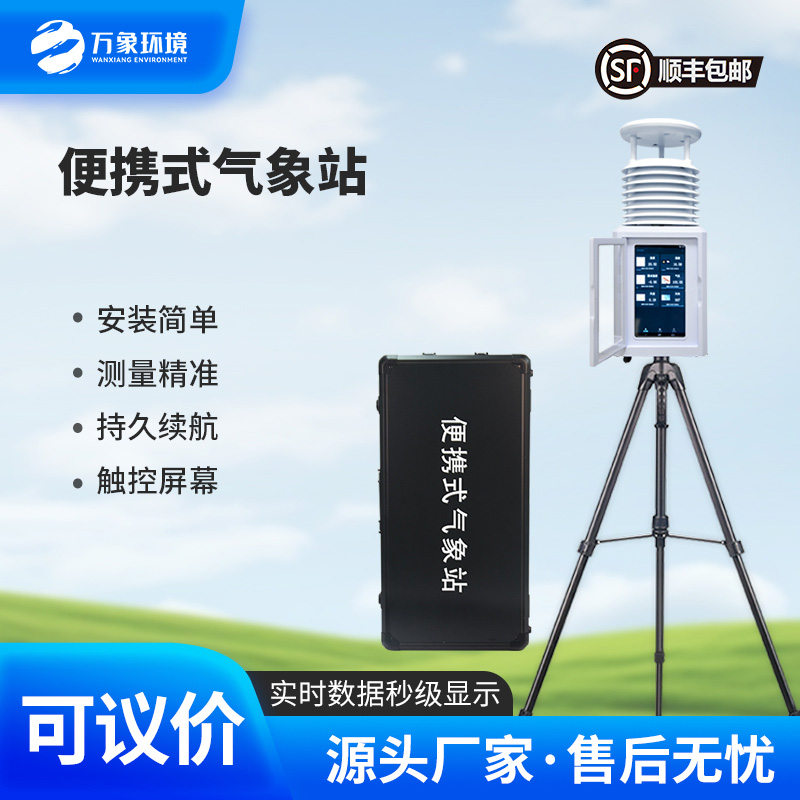
Article address:
http://www.qxhjjc.com/en/newcen/1251.html

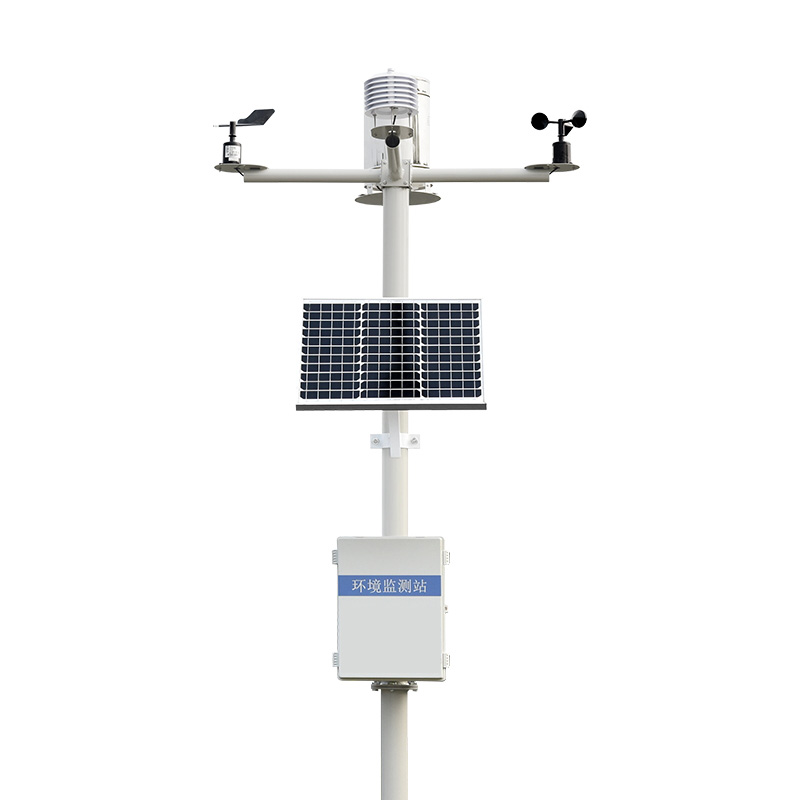

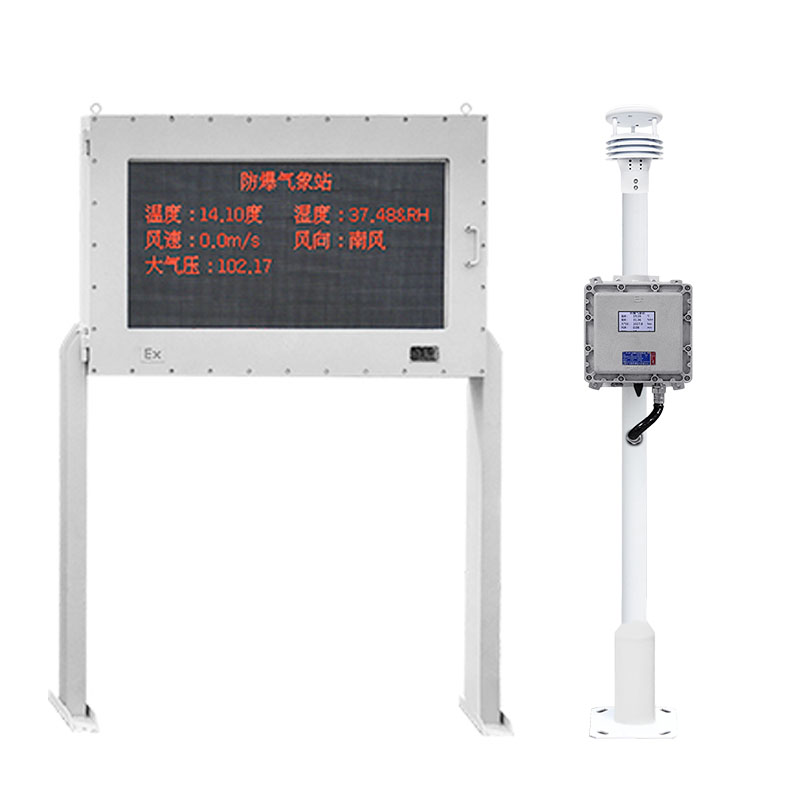
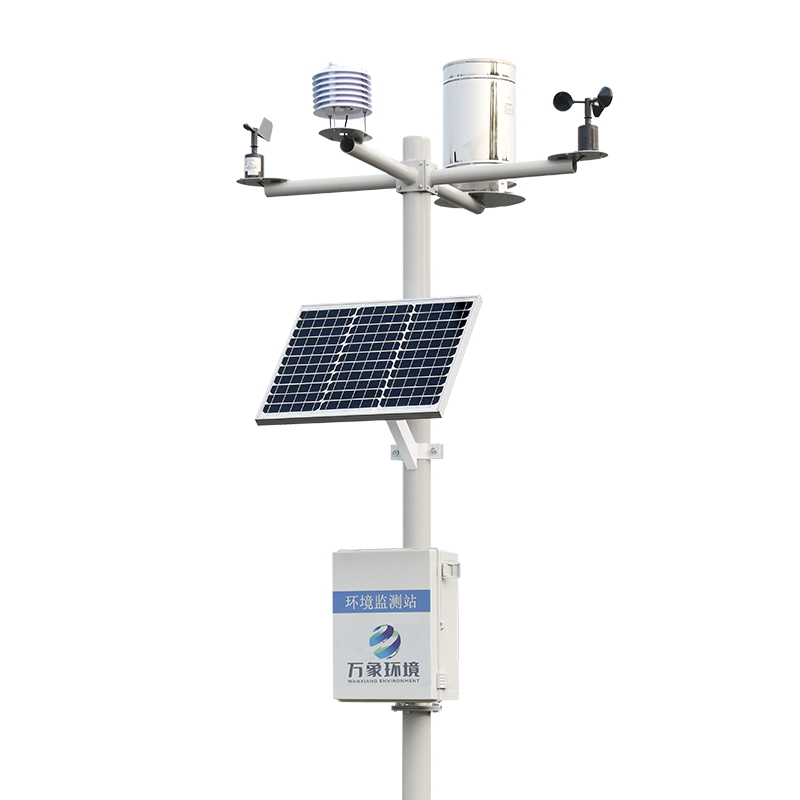
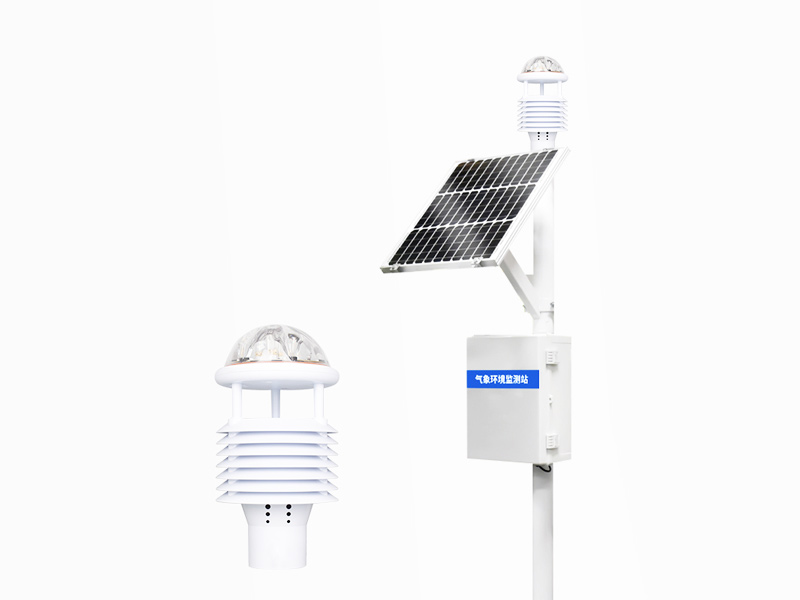








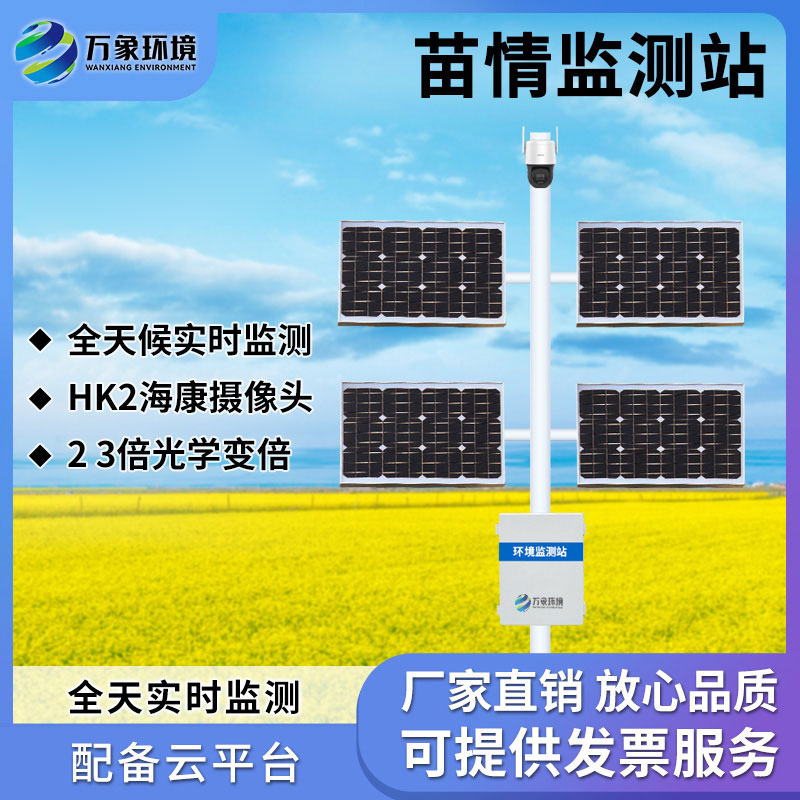
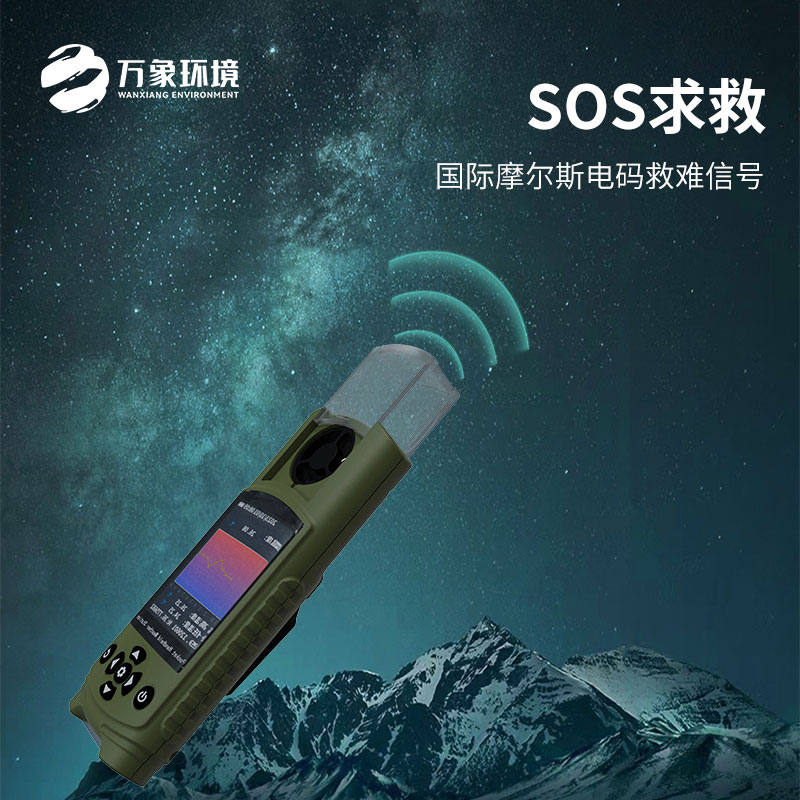


 Home
Home phone
phone Product Overview
Product Overview Contact Us
Contact Us